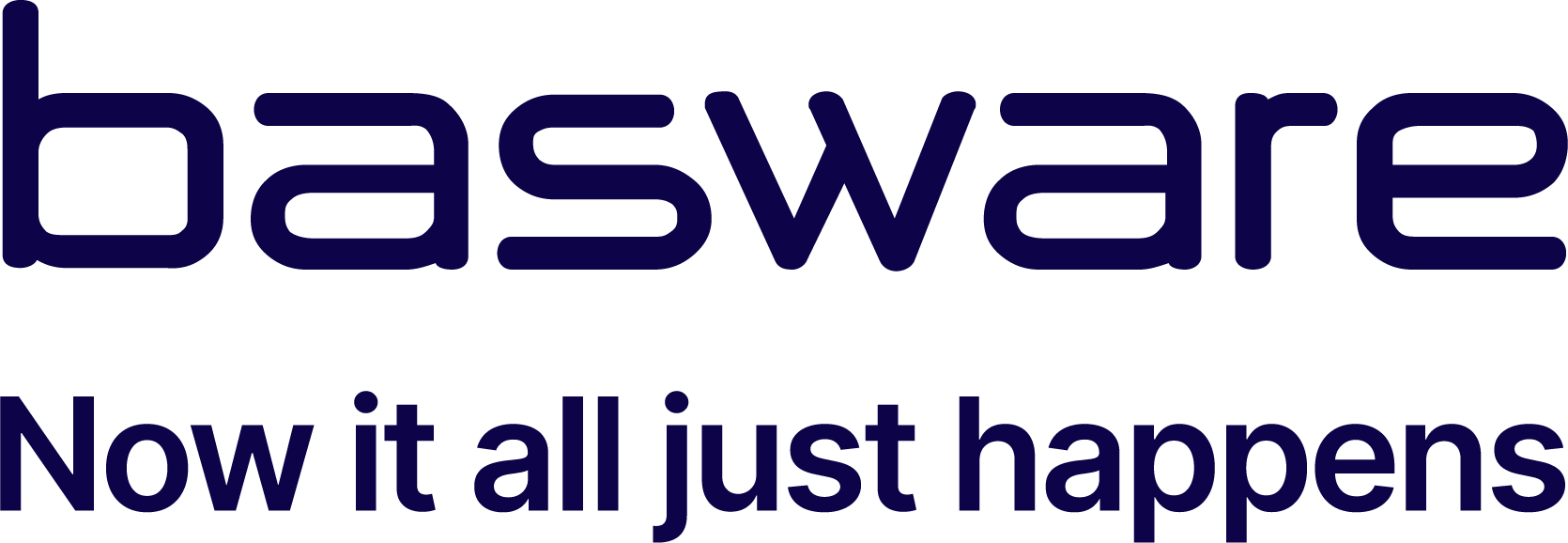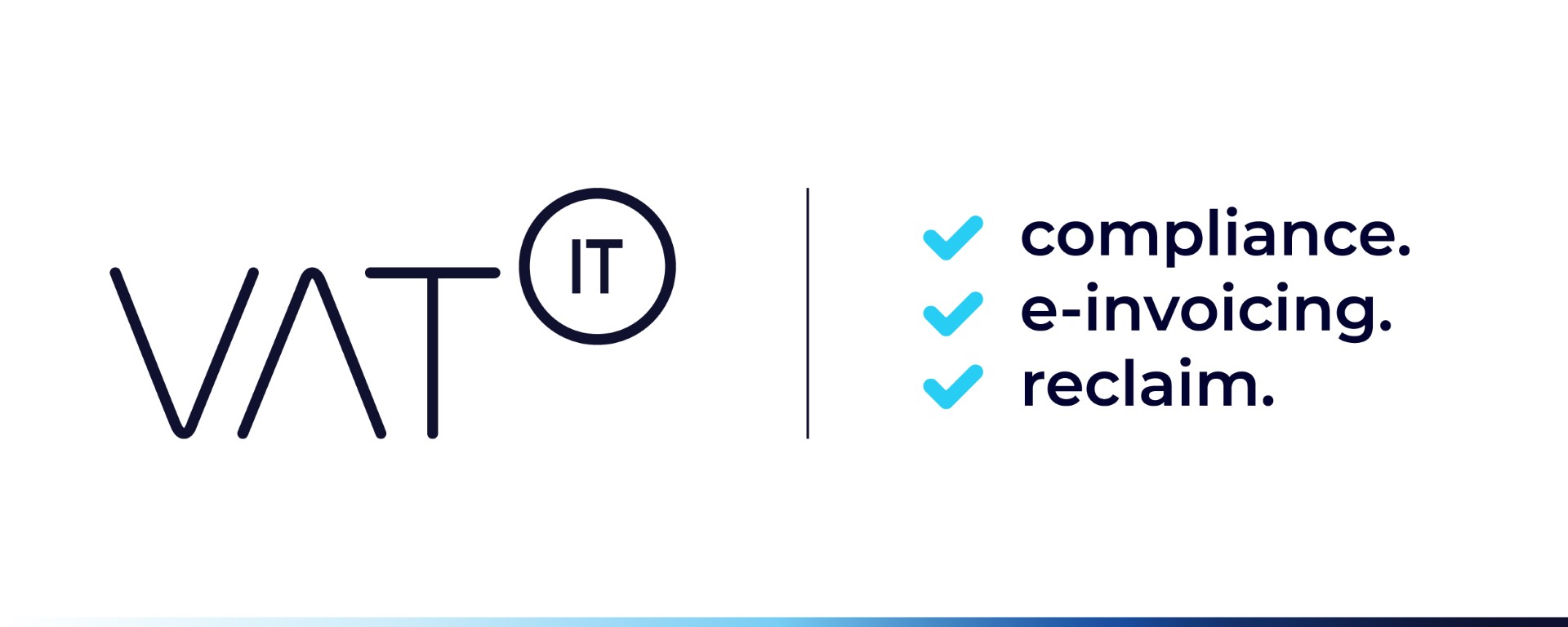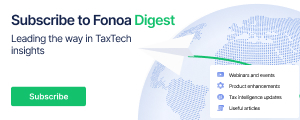E-invoicing and digital reporting obligations are popular among tax authorities worldwide. Different approaches are followed by governments to process and receive indirect tax relevant data, involving various stakeholders such as suppliers, buyers, service providers, and tax authority platforms. There are three main e-invoicing models: Interoperability Model, Centralized Model, and Decentralized Model. The 5 corner model is a sub-model under the decentralized model. The Interoperability Model aims to standardize document format and exchange methods, with service providers playing a key role. The Centralized Model operates through a central platform, which may or may not handle the e-invoice exchange process based on the tax authority’s functionality and requirements.
Source Fonoa
Click on the logo to visit the website
- See also
- Join the Linkedin Group on Global E-Invoicing/E-Reporting/SAF-T Developments, click HERE
Latest Posts in "World"
- Global eInvoicing: Trends, Models, Interoperability, and Innovation Shaping the Digital Future
- Turn Fiscalization Compliance into a Competitive Advantage: Free Webinar on October 30
- Webinar Fiscal Solutions: Turn Fiscalization Into a Competitive Advantage (Oct 30)
- Basware on YouTube – Compliance without the boring bits – Episode 5 (December 9)
- “How do I know if my Peppol e-invoice has arrived?” – A practical guide for entrepreneurs















